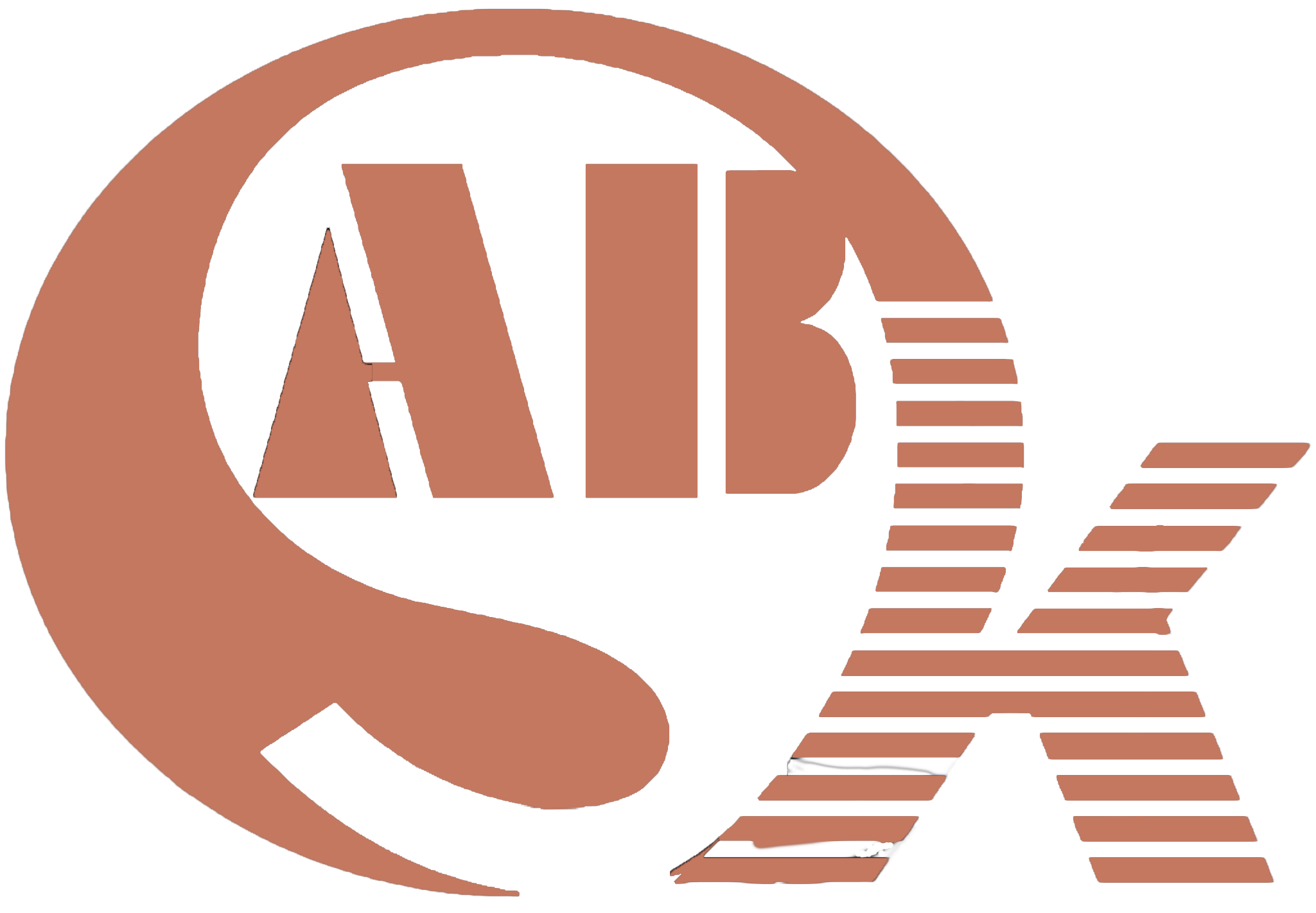Unlocking the Power of Welding Positioners: Three Crucial Functions You Need to Know
Welding is a fundamental process in various industries, and precision and efficiency are paramount. One tool that plays a crucial role in achieving these goals is the welding positioner. This article explores the three major functions of welding positioners and highlights the benefits they bring to the welding process.
Precision Positioning
One of the primary functions of a welding positioner is precision positioning. Welding tasks often involve intricate workpieces that require accurate alignment. Welders need to maintain a specific angle, orientation, and distance between the torch and the workpiece to ensure a high-quality weld. This level of precision can be challenging to achieve manually, especially with large or complex components.
Welding positioners address this challenge by providing controlled and adjustable rotation and tilting capabilities. These features allow welders to position the workpiece precisely, ensuring that the welding torch is at the optimal angle and orientation. This precision significantly enhances weld quality, reduces the risk of defects, and ultimately saves time and resources.
For example, when welding pipes or cylinders, a welding positioner can smoothly rotate the workpiece, allowing the welder to maintain a consistent torch-to-workpiece distance and angle throughout the entire welding process. This precision is particularly critical in applications where weld integrity is vital, such as aerospace or pressure vessel fabrication.
Enhanced Safety
Safety is a paramount concern in welding operations. Welders often work with high heat, intense light, and potentially hazardous materials. Maintaining a safe working environment is essential to protect both the welder and the surrounding area.
Welding positioners contribute to safety in several ways:
a) Reduced Welder Fatigue: Welding can be physically demanding work, especially when holding heavy welding equipment for extended periods. Welding positioners eliminate the need for welders to support the weight of the torch and manipulate it manually, reducing fatigue and minimizing the risk of accidents.
b) Improved Ergonomics: Positioners can be adjusted to the most comfortable working height and angle for the welder, reducing strain on the body and minimizing the potential for injuries.
c) Better Visibility: Welding positioners allow for optimal positioning of the workpiece, ensuring that welders have clear visibility of the welding area. Improved visibility translates into better control and precision during the welding process.
Function 3: Increased Productivity
Productivity is a key concern in any manufacturing or welding operation. Welding positioners play a pivotal role in boosting productivity in various ways:
a) Reduced Downtime: With manual welding, frequent adjustments and repositioning of the workpiece can lead to significant downtime. Welding positioners streamline the process, reducing the time wasted on repositioning and setup.
b) Consistent Quality: The precision offered by welding positioners ensures that each weld is of consistent quality. This consistency minimizes the need for rework or repairs, saving both time and materials.
c) Multi-Axis Welding: Some welding positioners offer multi-axis movement, allowing for complex welds to be completed in a single setup. This capability is especially valuable in industries where high-quality, multi-pass welding is required.
Conclusion:
Welding positioners are indispensable tools that bring precision, safety, and productivity to welding operations. By providing precision positioning, enhancing safety, and increasing productivity, they solve critical challenges faced by welders and manufacturers alike. Incorporating a welding positioner into your welding setup can lead to higher-quality welds, reduced production costs, and improved overall efficiency.
Whether you’re working on intricate aerospace components or large-scale construction projects, the three major functions of welding positioners—precision positioning, enhanced safety, and increased productivity—will undoubtedly make a significant difference in the success of your welding operations. Embrace the power of welding positioners and experience the transformation they bring to your welding projects.
